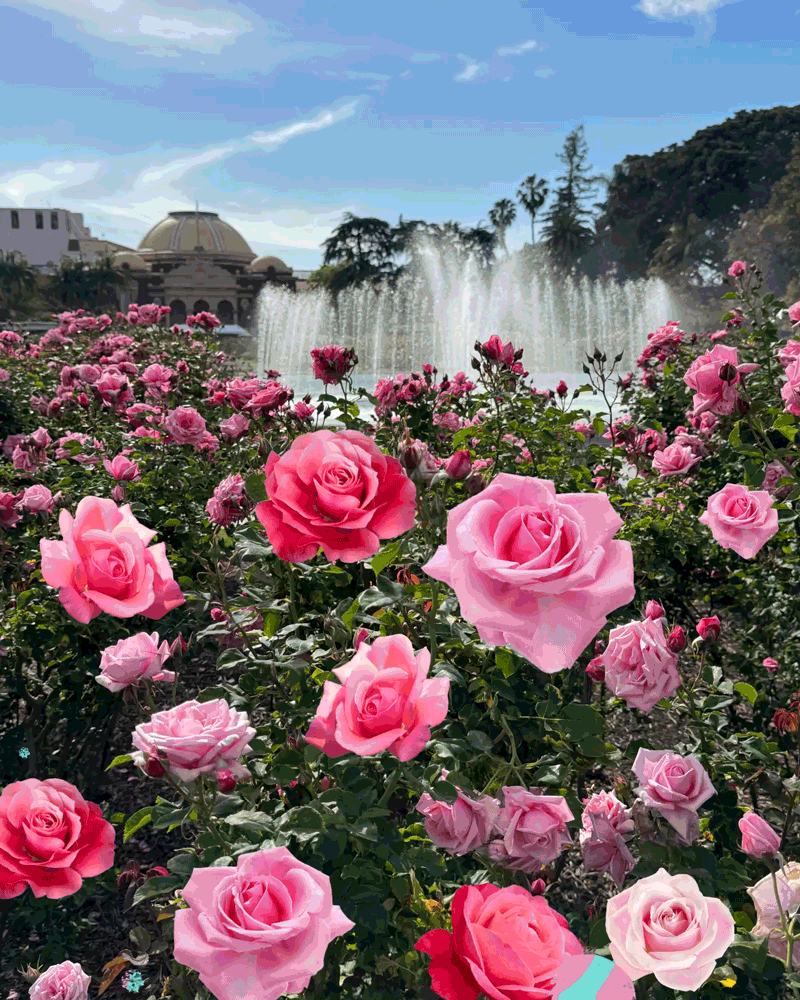Rosemary Verey; Cultivated the Revival of the English Garden
- Share via
When the telephone caller who had interrupted her breakfast identified himself as the Prince of Wales, she retorted somewhat naturally, “Are you joking?”
He was not. It really was Britain’s Prince Charles, and he wanted a little help with his garden.
He had phoned the right expert--Rosemary Verey, guru of gardens, lady of laburnum, vicar of vegetables and doyenne of design who single-handedly reestablished the English garden on the modern grounds of her native Britain and across America.
Verey, who wrote 15 books on gardening and lectured widely from London to Los Angeles, died May 31 of pneumonia in London’s Chelsea Memorial Hospital. She was 82.
Prince Charles, like Verey’s other acolytes, had admired her four-acre garden at Barnsley House, a 17th century rectory in the Cotswolds of Gloucestershire. He hired her to assist him in planning decorative vegetable gardens and other plantings at his nearby country home of Highgrove.
Verey also planned gardens for Elton John, for New York’s Botanical Garden and even in rural acreages in such places as Kentucky.
“Keep your garden simple. Simplicity is usually best,” she advised a sold-out audience at Los Angeles’ Descanso Gardens in 1988, when she headlined an event sponsored by the Pasadena Garden Club.
On that visit, the artistic but blunt-spoken gardener chided the Californians for “pruning and torturing your plants and trees.”
Among Verey’s books over the last two decades were “The Scented Garden,” “Classic Garden Design,” “How to Adapt and Recreate Garden Features of the Past,” “The Garden in Winter,” “Rosemary Verey’s Good Planting Plans” and “Secret Gardens.”
In 1999, Verey received the Royal Horticultural Society’s highest award, the Victoria Medal of Honor. The same year, she was given a special award by the Massachusetts Horticultural Society. Her own garden earned the Garden of the Year Award from Christie’s/Historic Houses Assn. in 1988.
“My writing about gardens and gardening is motivated by my creation of the garden at Barnsley House,” she once told the Contemporary Authors anthology. “My approach has become more formal over the years--making a Knot Garden from 17th-century designs in 1972; a small but formal herb garden in 1978; and a potager [ornamental vegetable garden] started in 1972, now much visited and an influence on other gardeners.”
Born Rosemary Sandilands in Kent, Verey studied mathematics and economics at University College in London, but dropped out after two years to marry David Verey in 1939. She reared two sons and two daughters, who survive her.
Until she fell in a hunting accident, Verey was an accomplished horsewoman. Afterward, to brighten her outlook and interest her in other things, her husband gave her a book on plants. As both a perfectionist and a scholar, she began reading obscure tomes on gardening and collecting rare first editions usually viewed only in such establishments as the British Museum or the Royal Horticultural Society’s Lindley Library.
Verey began creating her own garden around Barnsley House about 1950 and 20 years later opened it to the public. Demonstrating that elements of formal gardens could be adapted to the home environment, Verey copied the yellow-flowering laburnum arch of the National Trust’s Bodnant Garden in North Wales and the ornamental vegetable garden of France’s Chateau de Villandry. She became famous for her Knot Garden, created of clipped boxwood and phillyrea hedges resembling an embroidery pattern.
Not only did she show her garden to the public, she also wandered about chatting with visitors--about 30,000 a year--and advising them on emulating her plant designs. If she took a liking to a particular disciple, she shared cuttings or seeds of plants she had gathered in her travels to such famous gardens as Gethsemane near Jerusalem and Monet’s site at Giverny, France. Verey sometimes invited her visitors in for drinks or tea and further discussion.
The books and the lecture tours--five or six a year through the United States--followed naturally. In 1995, she presented a six-part television series for the BBC called “The English Country Garden.”
As for her royal pupil, Verey said that after she realized it was Prince Charles calling her, “From that moment on we got on extremely well, perhaps because, I think, we treated each other as human beings. . . . He has now become a very good, easy friend, which is lovely.”






